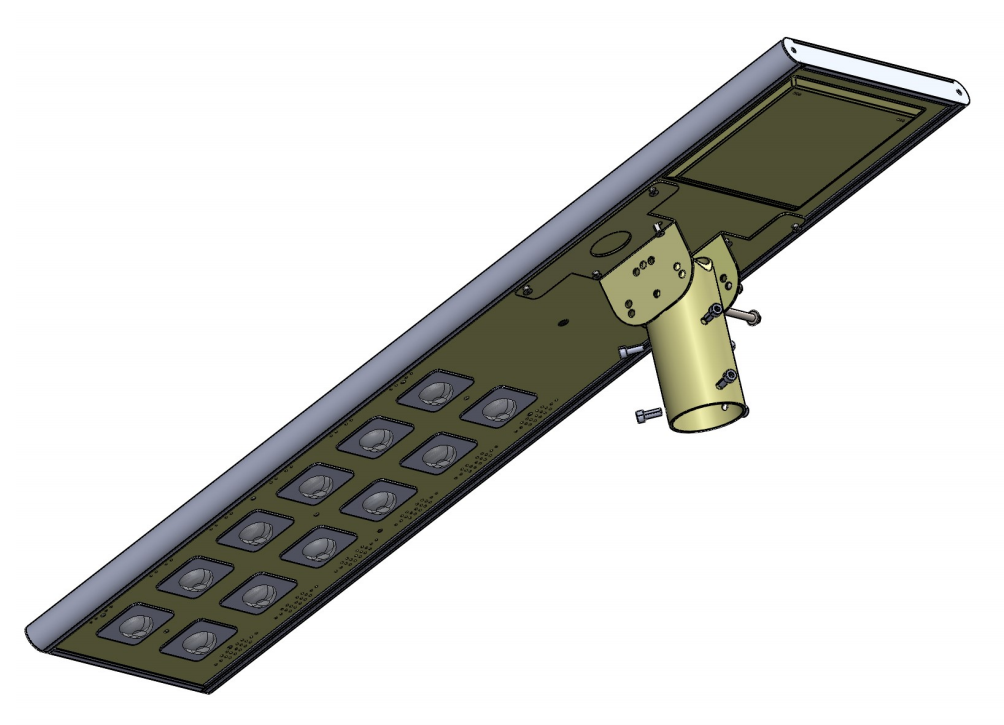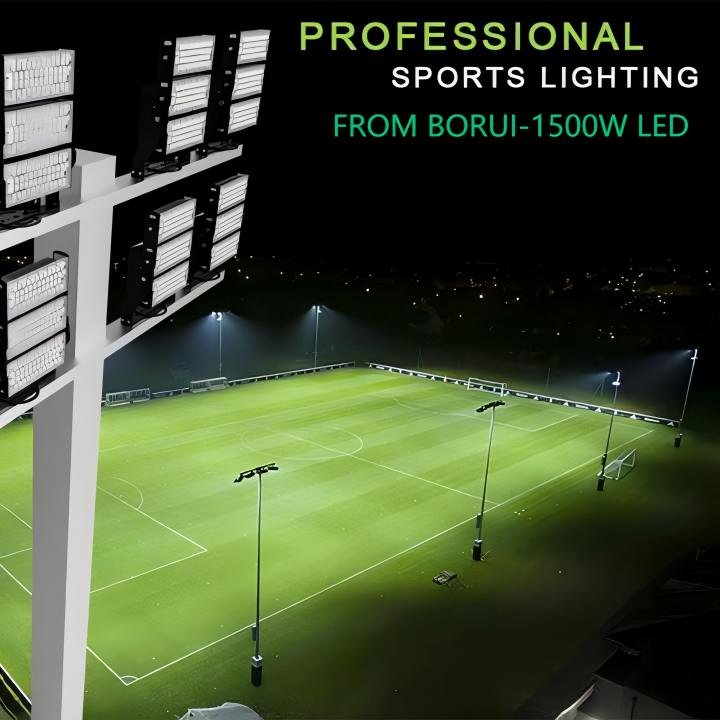When purchasing high mast lights, especially for outdoor or industrial applications, there are several key factors to consider:
1. Height and Coverage Area
- Pole Height: High mast lights typically range from 12 meters to 40 meters in height. Choose the appropriate height based on the area you need to illuminate. Higher poles cover larger areas but may require more powerful lights.
- Beam Angle and Light Spread: The beam angle affects how wide or narrow the light is dispersed. Wider angles cover larger areas but may reduce light intensity.
2. Lighting Type
- LED vs. Traditional (HPS/MH): LED lights are more energy-efficient, have a longer lifespan, and offer better control over brightness and color temperature. Traditional High-Pressure Sodium (HPS) or Metal Halide (MH) lights are less efficient and need more maintenance.
- Lumen Output: Ensure that the lumen output (brightness) matches the area’s lighting requirements. This depends on the height of the mast and the size of the area.
3. Energy Efficiency
- LED Efficiency: Opt for high-quality, energy-efficient LEDs, which can reduce electricity consumption and provide long-term cost savings.
- Solar Integration: Consider solar-powered high mast lights if you’re installing them in remote areas or want to reduce energy costs.
4. Durability and Weather Resistance
- Material Quality: High mast lights are exposed to the elements, so choose fixtures made from corrosion-resistant materials like aluminum or galvanized steel.
- IP Rating: Ensure that the lights have a high IP (Ingress Protection) rating (IP65 or higher) to withstand dust, rain, and other environmental factors.

5. Wind Resistance
- Pole Structure: High mast poles must be designed to withstand wind loads in the installation area, especially in regions prone to high winds or extreme weather conditions.
- Foundation: Ensure that the foundation design supports the pole structure and weight, particularly for taller installations.
6. Maintenance and Access
- Easy Maintenance Design: Choose designs that offer easy access for maintenance. Some high mast lights come with lowering devices that allow the fixture to be lowered for servicing without using specialized equipment.
- Lifespan: Longer lifespan options reduce the frequency of maintenance. LEDs typically last 50,000–100,000 hours, reducing operational downtime.
7. Control Systems
- Dimming and Sensors: Look for advanced control options such as motion sensors, photocells, or time-based dimming to save energy during low-traffic periods.
- Smart Integration: Some high mast lights can be integrated with smart systems for remote monitoring, fault detection, and automated controls.
8. Cost and Budget
- Initial vs. Long-term Costs: While LED and solar options might have a higher upfront cost, they generally provide savings over time through reduced energy consumption and maintenance.
- Warranties and After-sales Service: Ensure that the product comes with a reliable warranty and good after-sales support to handle repairs or replacements.
9. Regulatory Compliance
- Local Standards: Ensure that the lighting meets local standards for safety, energy efficiency, and environmental compliance.
Taking these considerations into account will help you choose high mast lights that are durable, energy-efficient, and suitable for your specific needs.



